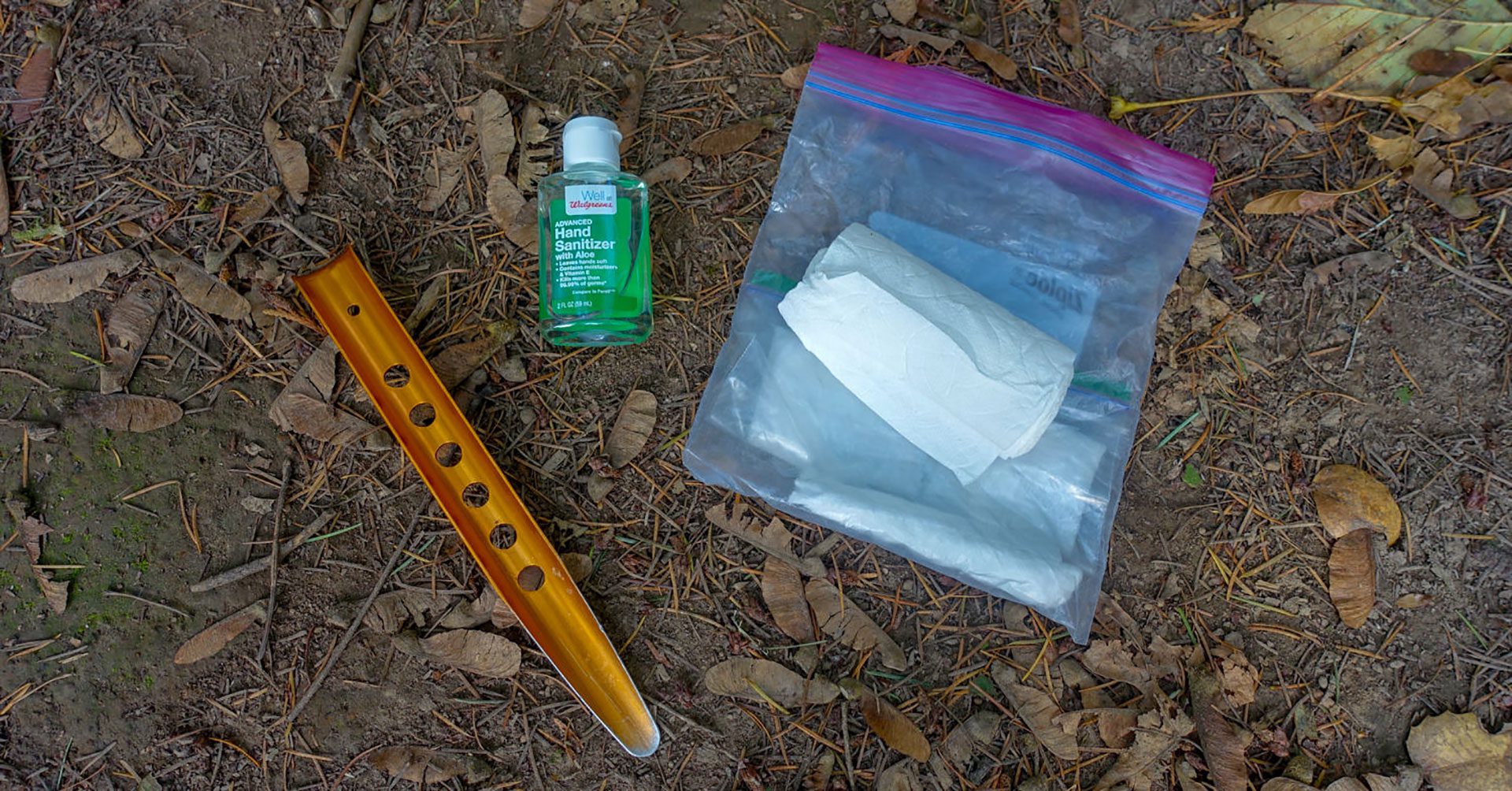
Taking Care of Each Other and the Places We Love
No matter how you're getting outside, responsible recreation is critical to protect the land, water, wildlife, other people and yourself.
With more users than ever enjoying and exploring public lands, recreating responsibly—reducing our impact on people, animals, and the environment when we recreate, ensuring our public lands remain beautiful and accessible into the future—is more important than ever.
We’ve worked with Grand Teton National Park and other partners to create guidelines to help locals and visitors on the BTNF recreate responsibly.

Leave No Trace
The 7 Leave No Trace Principles
- Plan and prepare.
- Travel and camp on durable surfaces (stay on trails and camp on already existing campsites).
- Dispose of waste properly.
- Leave what you find.
- Minimize campfire impacts.
- Respect Wildlife.
- Be Considerate of others.
















